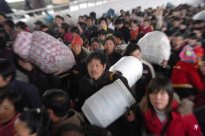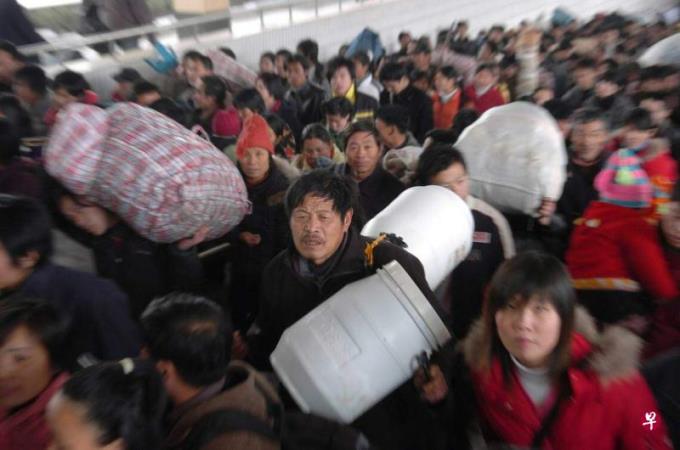
The first generation of Chinese migrant workers who entered the city with reform and opening up are old.
The latest survey released by the National Bureau of Statistics of China in April this year shows that there are about 86.32 million migrant workers over the age of 50 in China, and many are still working.Ten years later, they will all enter the age of 60.
Recently, a self -media article has returned to the public's attention to the first generation of migrant workers who have been forgotten by many people.
Who is the first generation of migrant workers?
The community cleaned up from the beginning of the article, and went to Beijing from Zhumadian, Henan in 2000. He has been a gatekeeper, greening, and security guard in 23 years. He has not saved enough money to get married at the age of 49.Platform basement.
Lao Zhao's future pension is only more than 100 yuan per month (RMB, Same, S $ 18.68), so he intends to work until the age of 70.
Like Lao Zhao, born in the 1970s, farmers who entered the city from the 1980s to the 1990s were called the "first generation of migrant workers".
Unlike the subsequent second -generation and third -generation migrant workers, the first generation of migrant workers went out to solve the problem of family livelihoods and made money for the entire family's economic expenses. Therefore, it is also known as "living migrant workers"Essence
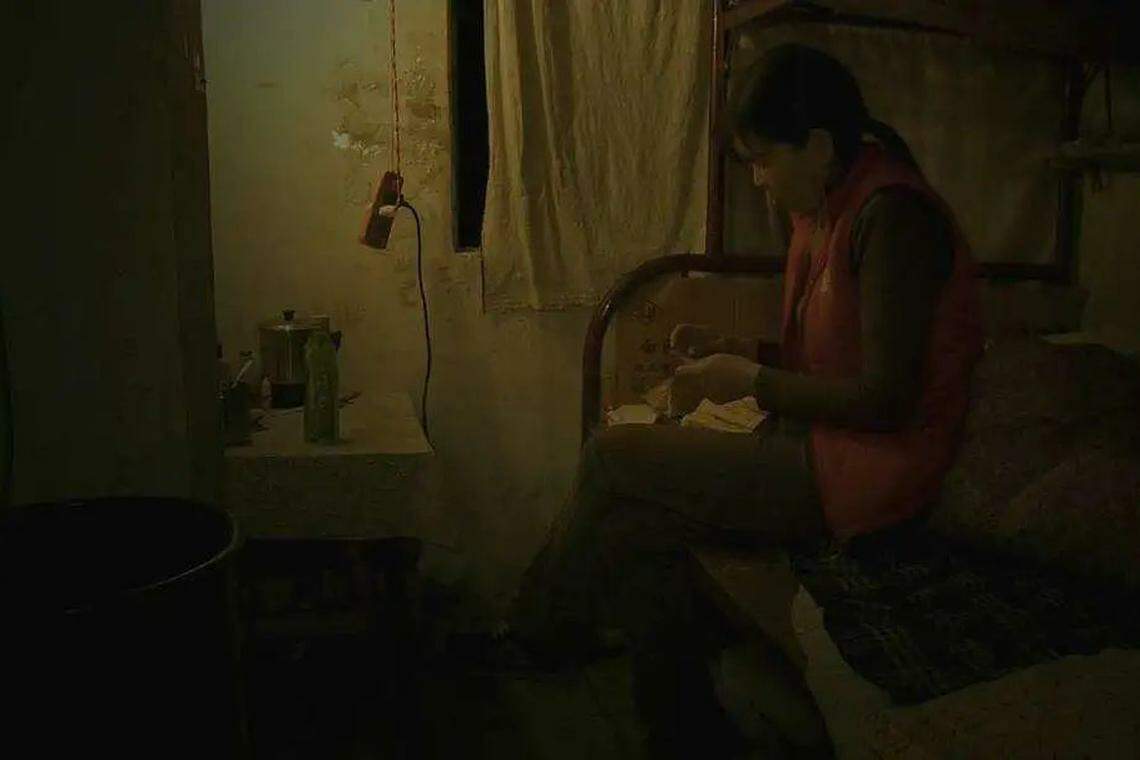
According to the 2022 migrant workers monitoring survey report released by the National Bureau of Statistics in April this year, among the 295.62 million Chinese migrant workers in 2022, 86.32 million were over 50 years old, accounting for 29.2%.
The survey of Qiu Fengxian, an associate professor of the Department of Social Work and Sociology of Anhui Normal University, found that nearly 40 % of the first generation of migrant workers were concentrated in the construction site, as well as restaurant waiters, security, cleaning, and individual households.18.9%.
Qiu Fengxian was described as the "portraiter" of the first generation of migrant workers by the Chinese media. She has focused on the livelihood of the first generation of migrant workers since 2015.After an interview with more than 200 migrant workers and issued 2500 questionnaires, the first generation of migrant workers' sustainable livelihood research published in June this year.
In the perspective of Qiu Fengxian, the biggest feature of the first generation of migrant workers is that the course of individual life has undergone a complete process of national social changes.
Swing between urban and rural
The experience of the first generation of migrant workers is almost synchronized with China's reform and opening up, which coincides with the fastest development of China's urban 30 years.
But at the same time, they are passive and unable to work continuously and stable, swinging back and forth between urban and rural areas.
In the "one" speech in May this year, Qiu Fengxian mentioned several stages of affecting the first generation of migrant workers into the city.
The Chinese household registration system was introduced in 1958, and the population was divided into two management areas of urban and townships. Farmers were bundled by the system and could not work in the city.After the reform and opening up, the land contracting system was implemented in rural areas, and farmers gradually entered the urban migrant workers and business.
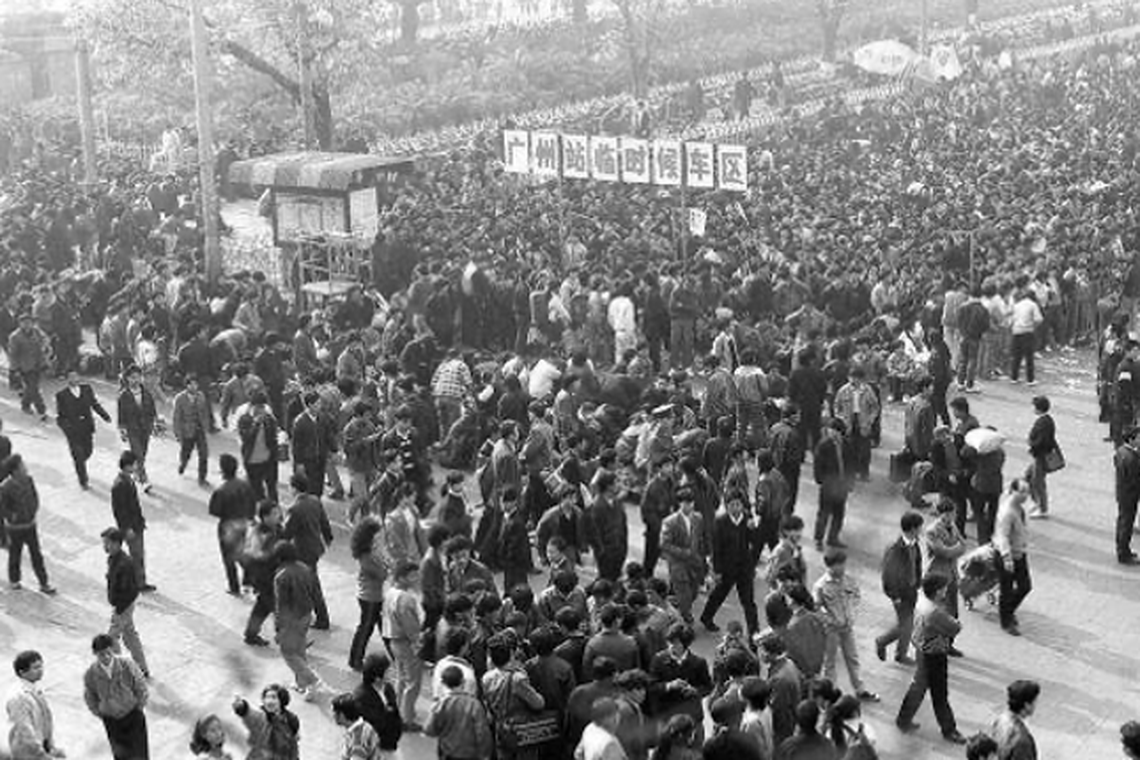
A large number of population poured into cities has brought about urban management and order issues. In order to alleviate these problems, the official has also introduced the policy of restricting migrant workers into the city.
By 1992, due to the low income of farmers, the government began to open the door of the city, encouraging, guiding and implementing orderly flow under macro -control. After two consecutive years in 1993 and 1994,Tide.
In the mid -1990s, the reform of the urban economic system and the reform of the joint -stock system brought laid -off wave.In order to ensure the re -employment of laid -off personnel, some cities have restricted units to recruit migrant workers.
The first generation of migrant workers traveling between urban and rural areas was summarized by Qiu Fengxian as: "Once the city has wind blowing, migrant workers will go home immediately; the city has a cold, migrant workers take medicine first."
The predicament of the first generation of migrant workers
Qiu Fengxian summarized the major dilemma of the first generation of migrant workers in the book.
First of all, health issues.Most first -generation migrant workers are engaged in the "three highs and one low" work with high intensity, high risk, high pollution, and low income.
Although there were injuries, 61.4%thought that he was "good health", 63.4%was to see a doctor in the migrant land cities, and 58.5%chose "tolerance to endure".
Many migrant workers will never return to their hometown because of small injuries, for fear of spending money and delaying money; they are even more panicked to see a doctor in the hospital in a large city. They are worried that the meager employment income will not pay for medical expenses.
New rural cooperative medical insurance policies for farmers, because they are localized reimbursement and management, are linked to household registration, and they are not suitable for high migrant workers with high liquidity.
The first generation of migrant workers also faced problems with no deposit.In order to bear children's education, houses, and weddings, they have not been hollowed out.
According to the survey of Qiu Fengxian, 15.2%of the first -generation migrant workers did not deposit a penny; 55.2%of the deposit of less than 50,000 yuan.
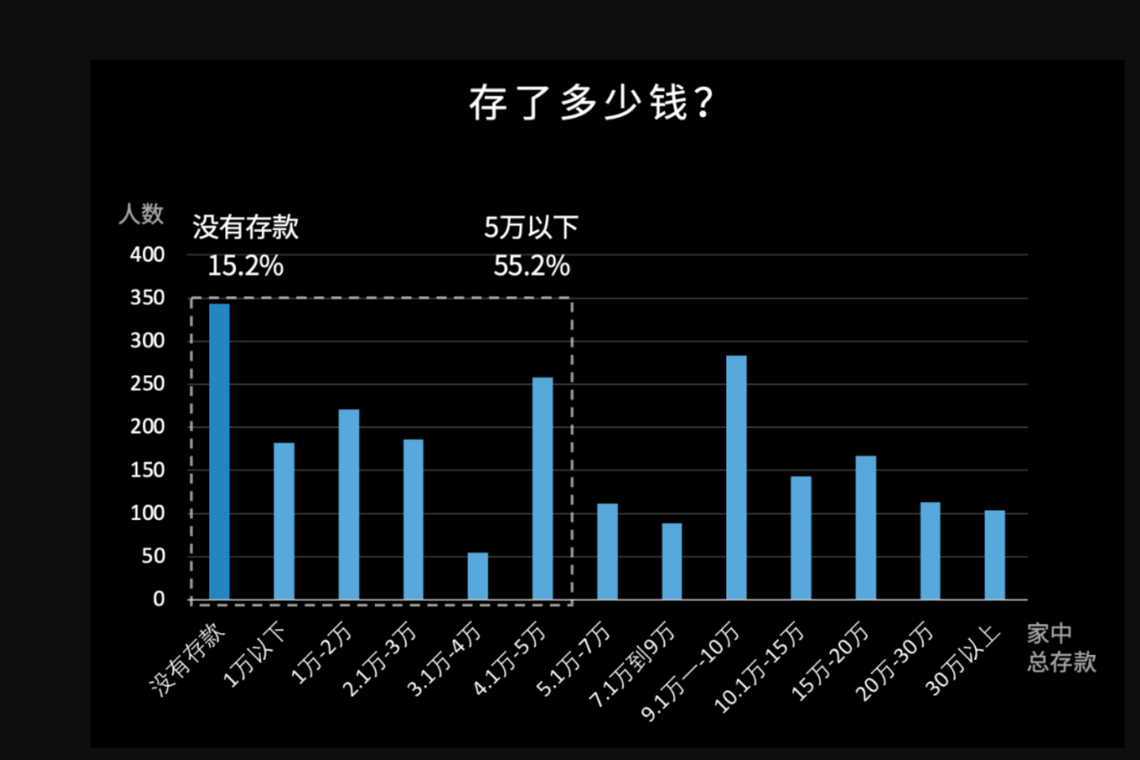
No deposit has led to the problem of retirement pension of the first generation of migrant workers.The question of "when to stop work" in Qiu Fengxian's questioning paper, 60.7%of the first generation of migrant workers answered "do not move until it can be done", and 76.1%of migrant workers said that 60 years old did not go home to rest.
Although more than 60 % of the first generation of migrant workers participated in the new type of rural social endowment insurance (referred to as "new agricultural insurance"), due to the low proportion of general payment, it was actually only 100 yuan or even more.Low.
In order to quickly accumulate accumulation, they have worked at a higher salary construction site, but since 2019, the construction industry's "clearing order" of the over -aged migrant workers has rejected migrant workers over 60 years old.
Where is the future of the first generation of migrant workers?
In addition to the academic world's attention to the first generation of migrant workers, the Chinese media and the government actually noticed this issue very early.
Southern Weekend 20In 2009, he reported that the road to defending the rights of seven silicon lung workers in Wanzhou in Chongqing, five of them died on the road to defending rights.
In 2016, the official media People's Daily wrote that it was difficult to reimburse in migrant workers in different places, and almost never did medical examinations.The Workers' Daily issued a document in March 2022 issued a division of the construction industry in many places. Where is the long -aged migrant worker road?, Discuss the impact of "clearing orders" on super -aged migrant workers.
The Ministry of Human Resources and Social Security, the National Development and Reform Commission and other five departments in November 2022 issued an implementation opinion on further supporting the employment and entrepreneurship of migrant workers, and put forward the need to do a good job of employment of aging migrant workers.
In 2022, Workers' Daily also put forward two ways to go out of the first generation of migrant workers: local transformation positions or returned to their hometowns to participate in rural revitalization.
Qiu Fengxian also suggested in an exclusive interview with the Chengdu Business Daily in May this year that after the first generation of migrant workers returned to their hometowns, they would recreate them "livelihood opportunities" so that they could continue to work in the countryside for 10 years, from 60 years old to 70 to 70 to 70 to 70In the past 10 years, you can reserve for your elderly care.
But the question is, do you have so many employment opportunities in the countryside?In the past, dozens of people cultivated land, which can be completed by one person now.In the context of rural atrophy, returning home migrant workers may face abandonment again.
Hu Xi, a senior media person in China, entered Thursday (July 6) and posted on the public account: "The only way I think is to continue to promote the rapid economic growth, and in the process of strengthening fairness and justice, there will be no second.Way. "
At the end of the report, Qiu Fengxian summarized the dilemma faced by the first generation of migrant workers as "social fragility", that is, their situation and the future were a matter of the times, not individuals who could decide.
The first generation of migrant workers held a longing for a better life, devoted to the torrent of the era of development in China, and experienced a bumpy life. Many people eventually failed to reach a higher class or even decide their own situation.It is difficult to solve the various problems they face, but when China sounds the horn of "common prosperity", how can it be a blind eye to this special group?


